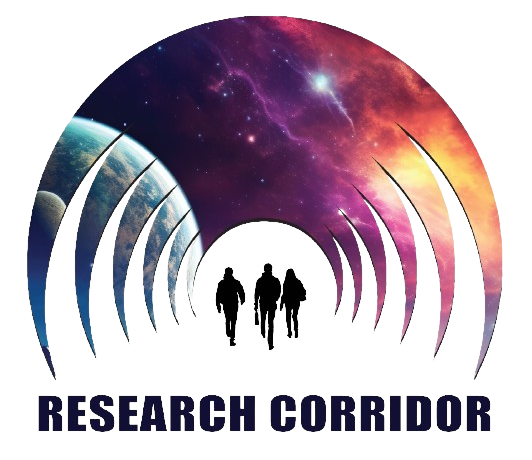Predicting Neighborhood Gentrification and Resident Displacement Using Machine Learning on Real Estate, Business, and Social Datasets
Keywords:
Machine Learning, Gentrification Prediction, Resident Displacement, GeoAI (Geospatial Artificial Intelligence), Urban Data ScienceAbstract
This paper explores the application of machine learning (ML) to forecast neighborhood gentrification and displacement, using a novel synthesis of real estate, business, and social data. By moving beyond traditional analysis reliant on decadal census snapshots, this study leverages high-resolution, multi-source data streams such as property transactions, business filings, satellite and social media analytics to uncover nonlinear patterns predictive of neighborhood change. Employing tree-based algorithms, deep learning techniques, and explainable AI (XAI) methods, the research highlights key gentrification indicators like rent spikes, business churn, and physical renewal, offering early warning signals for urban transformation. The models show 70–85% accuracy in prediction and transferability across urban contexts with limited retraining, suggesting a scalable framework for proactive urban analytics. Challenges in data ethics, model interpretability, and spatial justice are navigated using a human-centric GeoAI lens, prioritizing principles of fairness, accountability, and community-driven design. The findings position ML as a critical frontier for forward-looking urban governance, enabling data-informed housing and urban policies to proactively address displacement. Future directions include the integration of digital twins and generative AI for scenario modeling of policy interventions, as well as their role in participatory urban planning.




